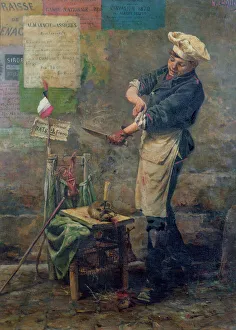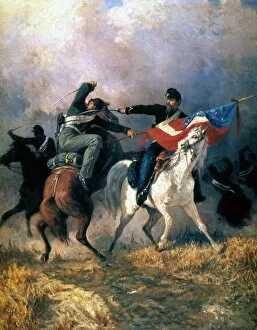Impale Collection
Impale: A Glimpse into the Horrors of History Throughout history, the act of impaling has been associated with dread and terror
All Professionally Made to Order for Quick Shipping
Impale: A Glimpse into the Horrors of History Throughout history, the act of impaling has been associated with dread and terror. Ancient Germanic warriors were known to use this gruesome method as a form of execution, instilling fear in their enemies. The haunting echoes of dreadful events resonate through time. In Madrid's bullfighting ring, front-row spectators witnessed horrifying scenes that would forever be etched in their memories. The death of the mayor of Torrejon in 1801 unfolded before their eyes, captured vividly on plate 21 of "The Art of Bullfighting. " As if one glimpse into darkness was not enough, Francisco Goya's "The Disasters of War" further exposes humanity's capacity for cruelty. Plate 37 portrays an even more harrowing scene from this series published years later in 1863. In times besieged by war and chaos, unimaginable horrors emerged. During the Siege of Paris in 1870, a rat seller became an unlikely character amidst the turmoil depicted on canvas—an eerie reminder that desperation can lead to unthinkable actions. London Bridge witnessed its own macabre spectacle when a lute-playing keeper guarded severed heads—a chilling engraving from 1848 that reminds us how brutality seeped into everyday life during dark periods. Vlad III, infamously known as Vlad the Impaler or Dracula, remains synonymous with horror due to his sadistic methods. His reign is forever stained by tales depicting impalements carried out under his command. Beyond Europe's borders lies another chapter tainted by violence—the Ottoman Empire. Turkish miniatures depict executions executed with ruthless precision while German woodcuts portray Turkish soldiers leading peasant prisoners—a stark reminder that suffering knows no boundaries. Amidst these horrors emerges art attempting to capture human resilience amid adversity—such as "The Fight for the Standard, " an unknown artist's oil painting from 1865 showcasing the unwavering spirit in times of conflict.










